Home>Ideas and Tips>Rainwater Harvesting Systems and Conserve Water at Home
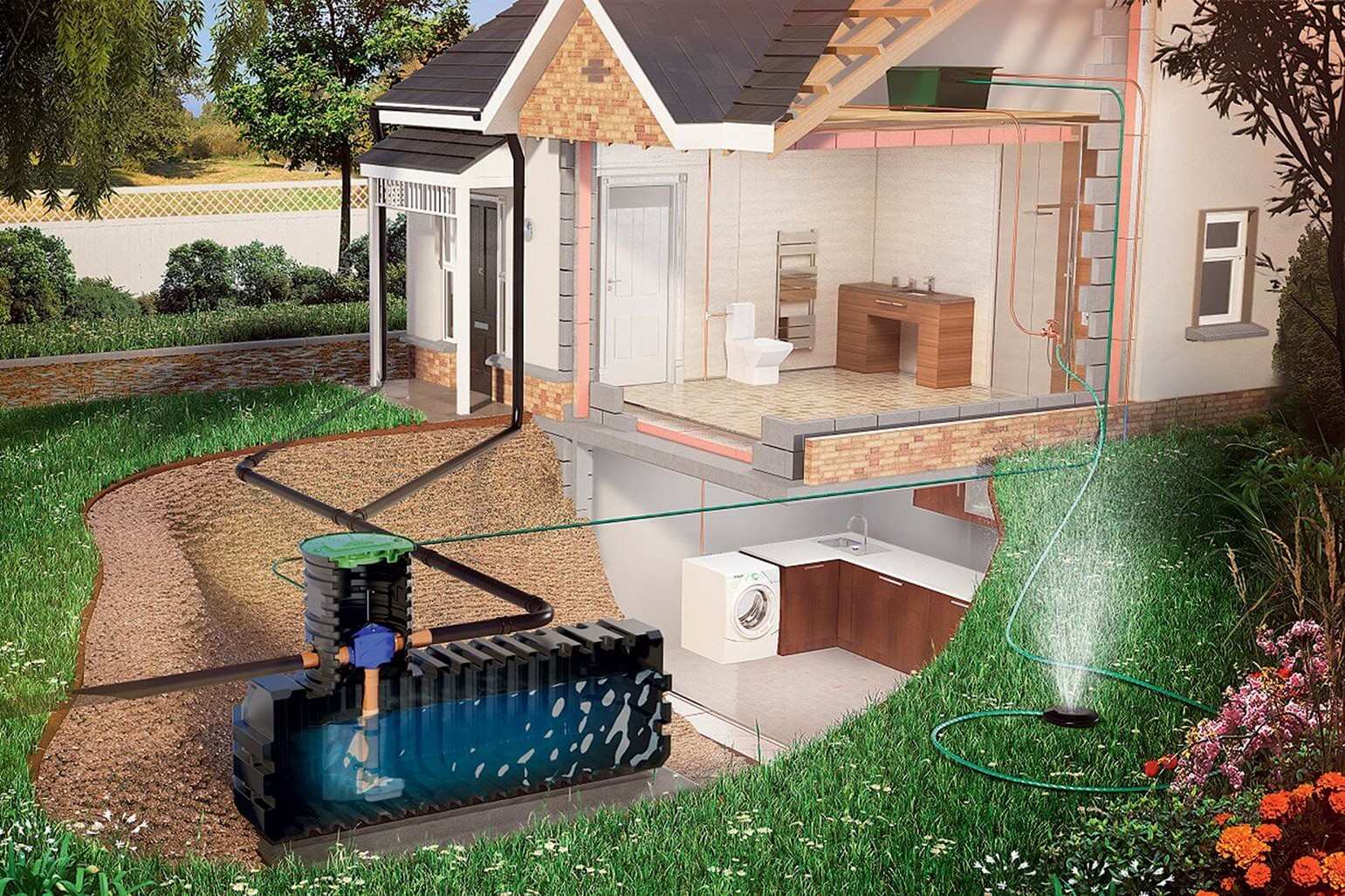

Ideas and Tips
Rainwater Harvesting Systems and Conserve Water at Home
Published: September 22, 2024
Learn how rainwater harvesting systems can conserve water at home, save on bills, and contribute to environmental sustainability with our comprehensive guide.
(Many of the links in this article redirect to a specific reviewed product. Your purchase of these products through affiliate links helps to generate commission for Storables.com, at no extra cost. Learn more)
Rainwater harvesting is an ancient practice that has been used for centuries to collect and store rainwater for various domestic and non-domestic uses. This method of water conservation is not only eco-friendly but also cost-effective, making it an attractive solution for homeowners looking to reduce their reliance on municipal water supplies. In this article, we will delve into the intricacies of rainwater harvesting systems, their benefits, and provide a comprehensive guide on how to install and maintain such systems at home.
The Science Behind Rainwater Harvesting
Rainwater harvesting involves collecting and storing rainwater from rooftops, gardens, or other hard surfaces that can store water. The process begins with the collection of rainwater through a series of gutters and downspouts connected to a storage tank. The roof acts as the primary collector of rainwater, with different types of roofs having varying levels of efficiency in collecting and filtering the water.
Why Harvest Rainwater?
Harvesting rainwater offers several benefits that make it an attractive option for water conservation:
-
Eco-Friendly Solution: Rainwater harvesting reduces the amount of water that needs to be treated, pumped, and distributed to homes. This process conserves energy and reduces the environmental impact associated with traditional water treatment methods.
-
Cost-Effective: By collecting and storing rainwater, homeowners can save money on their water bills. The initial investment in setting up a rainwater harvesting system is often offset by the long-term savings on water costs.
-
Water Conservation: Rainwater harvesting helps reduce the demand on municipal water supplies, which can alleviate pressure on local water resources during periods of drought or high demand.
-
Emergency Preparedness: In emergency situations such as natural disasters or power outages, having a stored supply of clean rainwater can provide essential water for drinking, cooking, and hygiene.
Financial Benefits of Rainwater Harvesting
Implementing a rainwater harvesting system can provide significant financial benefits for homeowners:
-
Reduced Water Bills: By reducing the amount of water drawn from municipal supplies, homeowners can lower their monthly water bills. The cost savings can be substantial over time, especially for households with high water usage.
-
Lower Energy Costs: Since rainwater harvesting systems do not require electricity to operate, homeowners can save on energy costs associated with pumping and treating water.
-
Increased Property Value: Installing a rainwater harvesting system can increase the value of a property by demonstrating a commitment to sustainability and water conservation. This can be particularly appealing to environmentally conscious buyers.
DIY Rainwater Harvesting: A How-To Guide
Harvesting rainwater at home is a feasible project for those with a DIY spirit. With the right tools and knowledge, you can design and install a rainwater harvesting system that suits your needs and budget.
Components of a Rainwater Harvesting System
-
Collection System: This includes gutters and downspouts that direct rainwater from the roof to the storage tank. The type of roof you have will dictate the setup of your catchment system. For example, asphalt and shingle roofs may require more maintenance to prevent debris from entering the storage tank, while metal roofs are generally cleaner and more efficient.
-
Storage Tank: The storage tank is where the collected rainwater is stored. There are various types of storage tanks available, ranging from 50-gallon barrels to larger tanks holding hundreds of gallons. The size of the tank depends on the average amount of rainfall, roof surface area, and water demand for the garden or nursery.
-
Filteration System: A filtration system is essential to remove contaminants and debris from the collected rainwater. This can include primary filter systems like string and paper sediment filters, PPI foam filters, and charcoal and carbon block filters. The filter system should be positioned before the storage tank to ensure contaminants do not reach the final rainwater used for irrigation.
-
Delivery System: The delivery system transports the filtered rainwater from the storage tank to the point of use. The two most common delivery systems are gravity-fed and pump-fed. Gravity-fed systems rely on gravity to flow water from the storage tank to the point of use, while pump-fed systems use a pump to transport water over longer distances.
Steps to Install a Rainwater Harvesting System
-
Assess Your Roof: Determine the surface area of your roof and assess its material. This will help you decide on the best collection system and potential maintenance needs.
-
Install Gutters and Downspouts: Install gutters and downspouts that direct rainwater from the roof to the storage tank. Ensure that the gutters are clean and free from debris.
-
Choose a Storage Tank: Select a storage tank based on your water needs and budget. Ensure that the tank is food-grade and does not contain any toxic materials.
-
Install Filters: Position filters before the storage tank to remove contaminants and debris. Regularly inspect and replace filters as needed.
-
Set Up Delivery System: Install either a gravity-fed or pump-fed delivery system depending on your needs. Ensure that the system is properly vented to prevent overflow.
-
Test the System: Once installed, test the system to ensure it is functioning correctly and providing clean, filtered water for your needs.
Regulations and Rainwater Harvesting
While rainwater harvesting is generally allowed in many jurisdictions, there are regulations that homeowners should be aware of:
-
Local Ordinances: Check with local authorities to determine if there are any ordinances or regulations governing rainwater harvesting in your area. Some jurisdictions may require permits or have specific guidelines for installation and use.
-
Health Codes: Ensure that your rainwater harvesting system complies with local health codes. This includes proper filtration and treatment to prevent contamination of the stored water.
-
Environmental Impact: Be mindful of the environmental impact of your rainwater harvesting system. Ensure that the system does not contribute to stormwater runoff or other environmental issues.
Practical Considerations
Implementing a rainwater harvesting system requires careful planning and consideration of several practical factors:
-
Roof Type: Different types of roofs have varying levels of efficiency in collecting and filtering rainwater. For example, metal roofs are generally cleaner than asphalt and shingle roofs, which may require more maintenance.
-
Debris Management: Regularly clean gutters and downspouts to prevent debris from entering the storage tank. Leaf screens can be placed on gutter systems to prevent clogs and large debris from reaching the storage container.
-
Filter Maintenance: Regularly inspect and replace filters to ensure that the stored rainwater remains clean and free from contaminants. The frequency of inspecting and replacing filters depends on rainwater quality, filter type, environmental conditions, and system design.
-
Storage Tank Selection: Select a storage tank that is appropriate for your needs. Ensure that the tank is food-grade and does not contain any toxic materials. Types of opaque rainwater storage containers vary from 50 gallons to 1,550 gallons, depending on your requirements.
Environmental Benefits
Rainwater harvesting offers several environmental benefits:
-
Reduced Pollutants: By reducing the amount of water drawn from municipal supplies, rainwater harvesting helps reduce the number of pollutants in the water supply. This is particularly important in areas where water treatment plants are overwhelmed by high demand.
-
Conservation of Groundwater: Rainwater harvesting helps recharge groundwater levels by channeling collected rainwater into deep wells or ponds. This reduces the need to drill for fresh groundwater and helps control flooding.
-
Energy Conservation: Since rainwater harvesting systems do not require electricity to operate, they conserve energy consumption associated with pumping water over long distances. This reduces reliance on fossil fuels and contributes to a more sustainable environment.
Economic Benefits
Rainwater harvesting offers several economic benefits:
-
Reduced Demand for Potable Water: By providing an alternative source of clean water, rainwater harvesting reduces the demand for potable water from municipal supplies. This can lead to lower water bills and reduced costs associated with treating and distributing water.
-
Reduced Demand for Energy: The process of collecting and storing rainwater does not require electricity, which means there is no energy cost associated with pumping and treating water. This reduces energy consumption and lowers energy bills.
-
Reduced Need for Irrigation: Rainwater can be used for irrigation purposes, reducing the need for fertilizers and pesticides. This not only saves money but also contributes to a healthier environment by minimizing chemical usage.
Ancillary Benefits
Rainwater harvesting offers several ancillary benefits:
-
Free of Pollutants: Collected rainwater is free of pollutants, which means it does not need to undergo any purification process before being used. This makes it an ideal source of clean water for various domestic and non-domestic uses.
-
Sustainable Source of Water: Rainwater harvesting provides a sustainable source of water that is environmentally friendly. It reduces the demand on other sources such as groundwater and municipal water supplies, making it an essential component of sustainable water resources management.
-
No Adverse Effect on Environment: Since rainwater harvesting is 100% natural, it has no adverse effect on the environment. This makes it an attractive option for those looking to reduce their carbon footprint and contribute to environmental conservation efforts.
Conclusion
Rainwater harvesting is a simple yet effective method of conserving water at home. By collecting and storing rainwater from rooftops or other hard surfaces, homeowners can reduce their reliance on municipal water supplies, save money on water bills, and contribute to environmental conservation efforts. With proper planning and maintenance, a rainwater harvesting system can provide clean, filtered water for various domestic and non-domestic uses. Whether you are looking to reduce your environmental impact or simply save money on your water bills, implementing a rainwater harvesting system is an excellent choice for any homeowner.
References Washington Post. (2023, December 19). How to harvest rainwater — and why you want to. Retrieved from https://www.washingtonpost.com/home/2023/12/19/how-to-harvest-rainwater/ LSU AgCenter. (2023, November 13). Rainwater Harvesting for Small Nurseries and Home Gardens. Retrieved from https://www.lsuagcenter.com/articles/page1699915049454 Rainwater Services. (n.d.). The Benefits of Rainwater Harvesting. Retrieved from https://www.rainwaterservices.com/the-benefits-of-rainwater-harvesting/ ScienceDirect. (n.d.). Water conservation through rainwater harvesting using different building forms in different climatic regions. Retrieved from https://www.sciencedirect.com/science/article/abs/pii/S2210670718306309 NCBI. (2014, January 1). Sustainability of Rainwater Harvesting System in terms of Water Quality and Quantity. Retrieved from https://www.ncbi.nlm.nih.gov/pmc/articles/PMC3948194/
Was this page helpful?
At Storables.com, we guarantee accurate and reliable information. Our content, validated by Expert Board Contributors, is crafted following stringent Editorial Policies. We're committed to providing you with well-researched, expert-backed insights for all your informational needs.
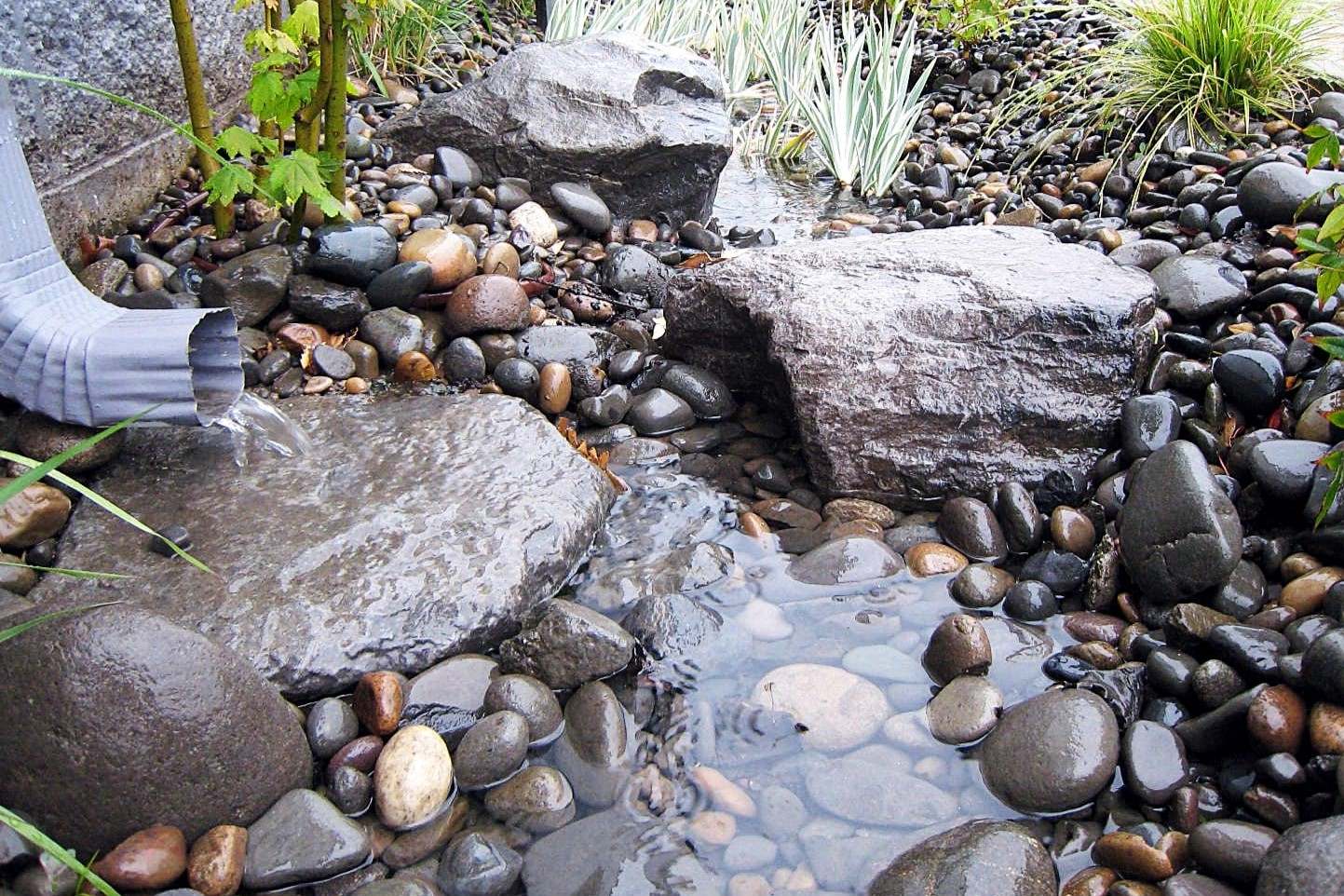
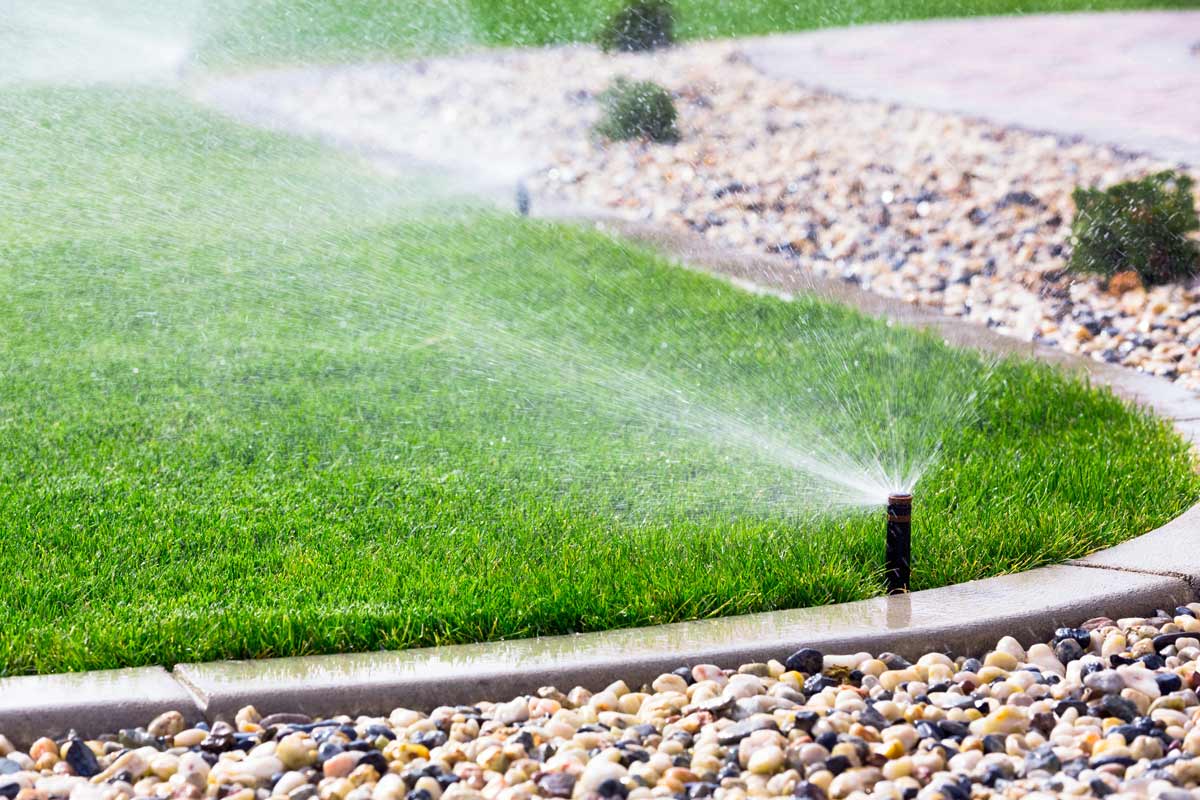
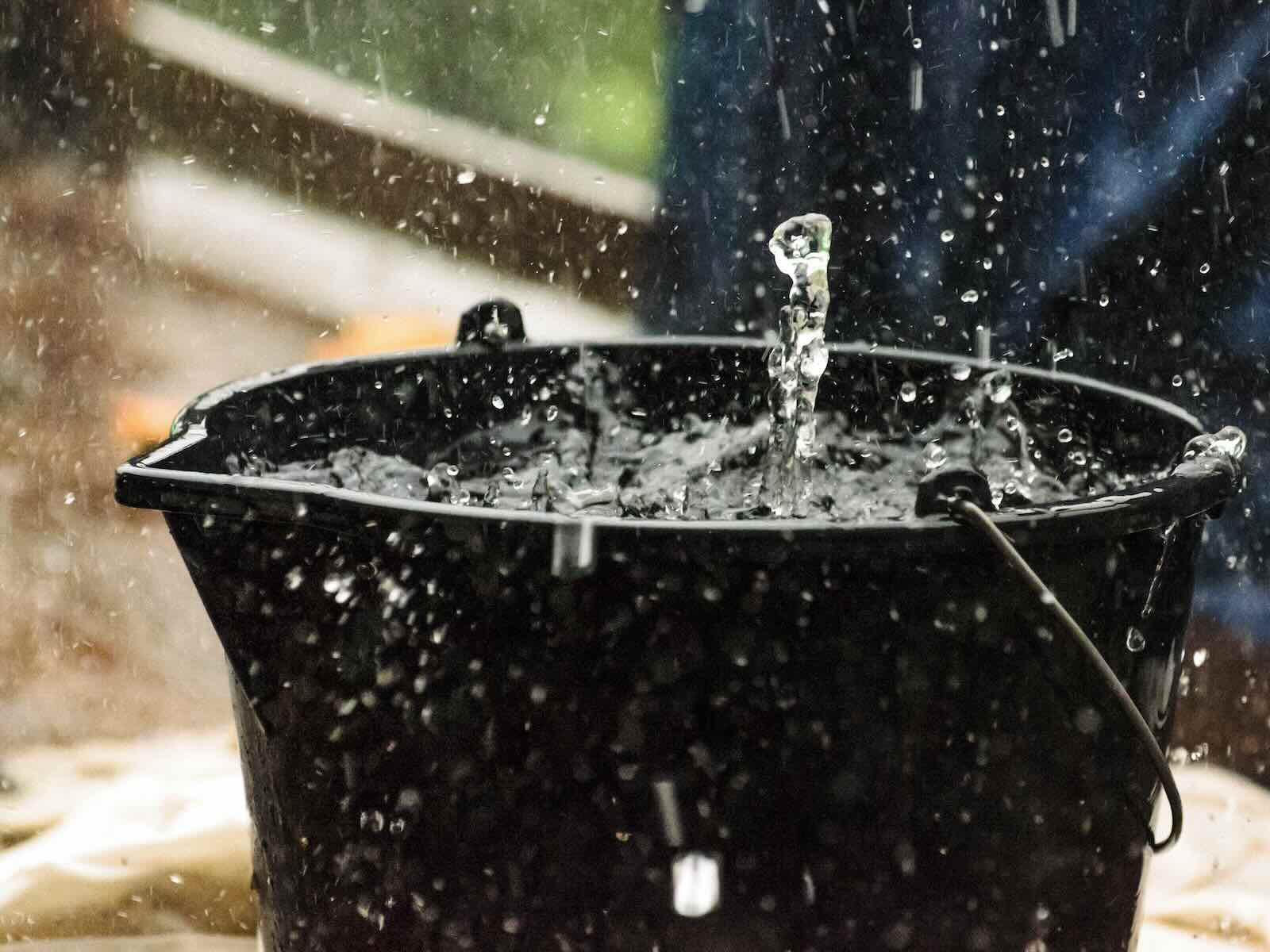

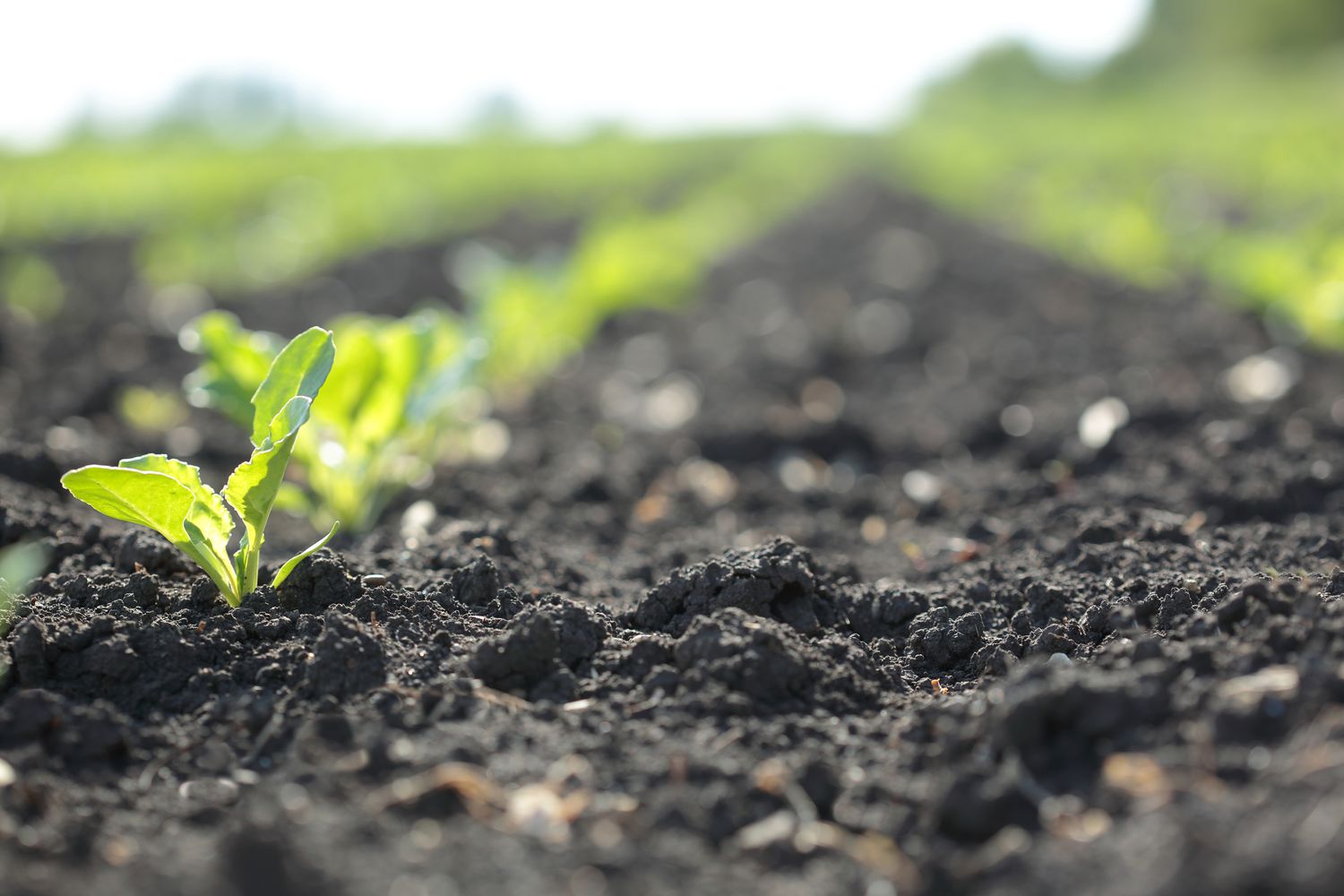
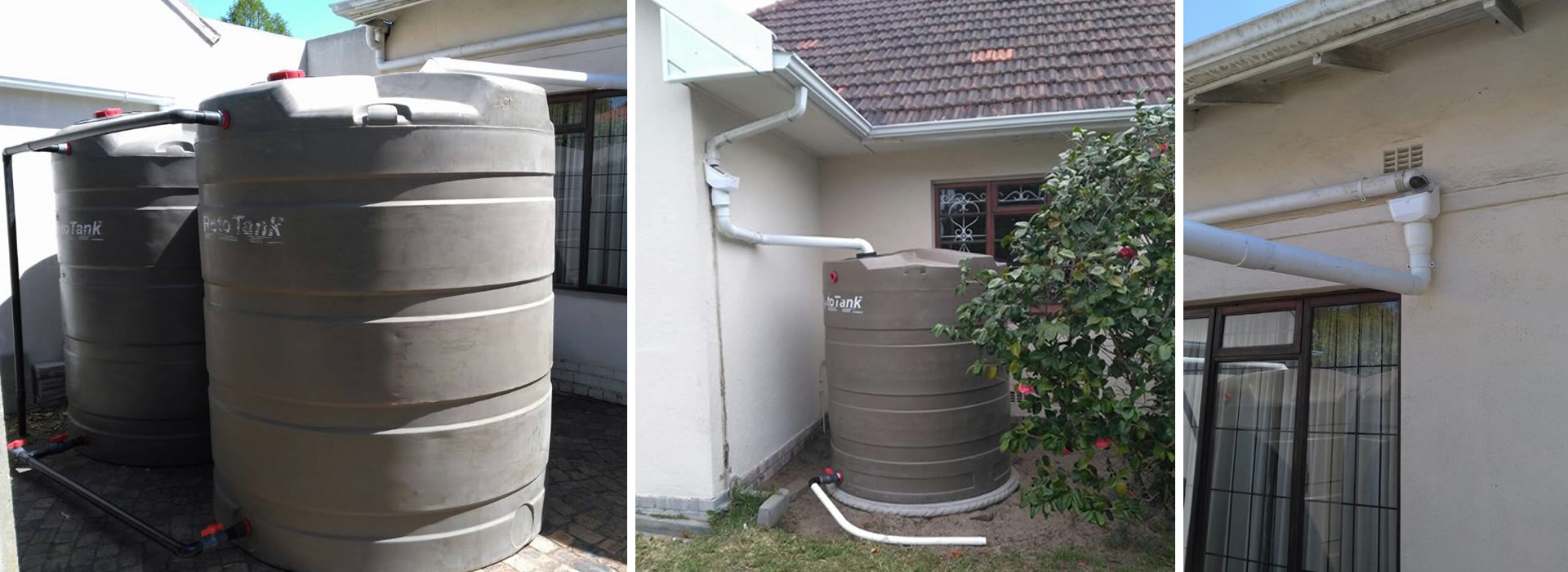


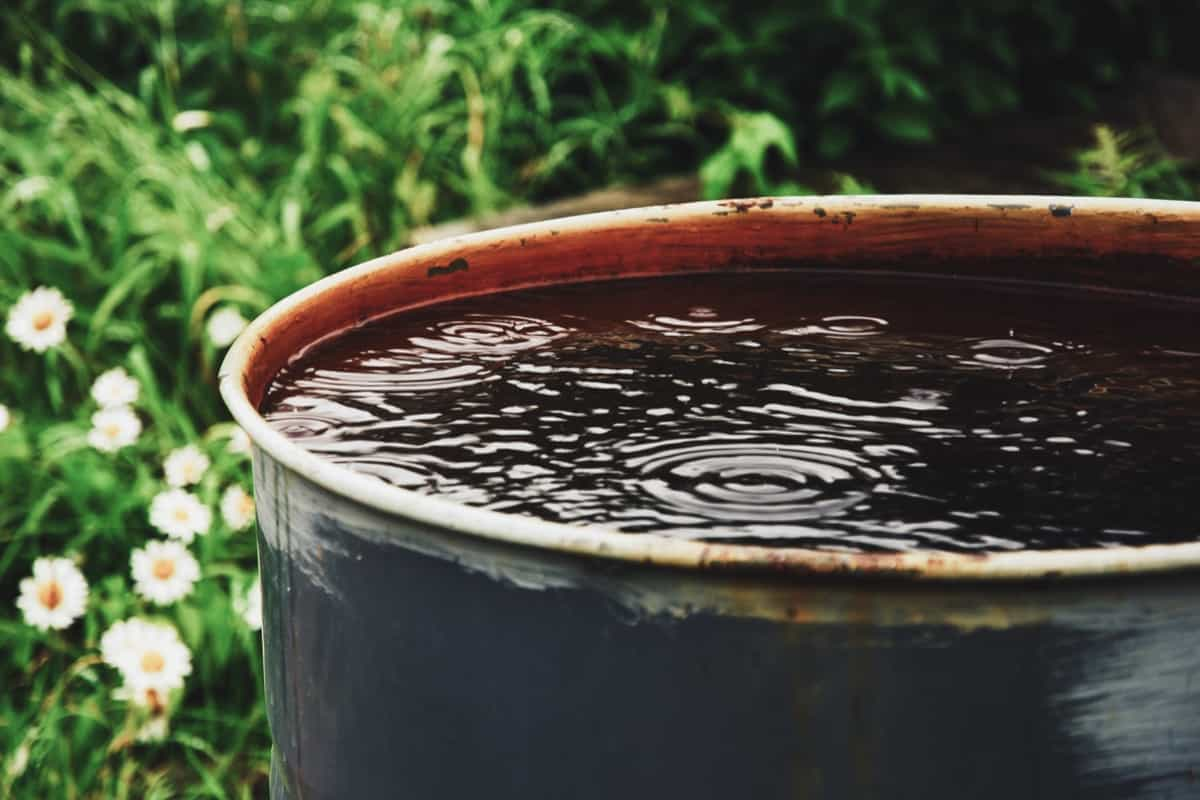


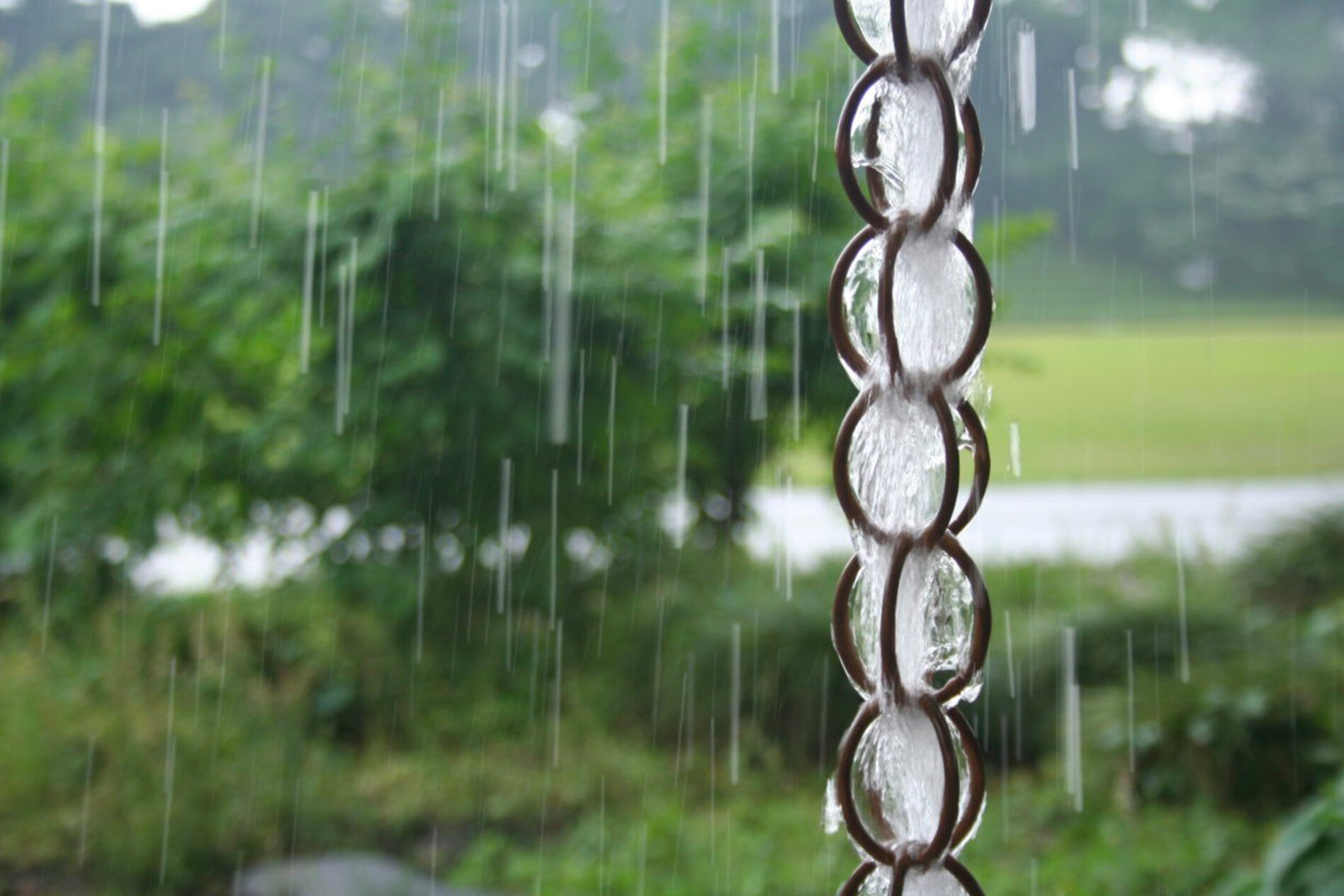


0 thoughts on “Rainwater Harvesting Systems and Conserve Water at Home”